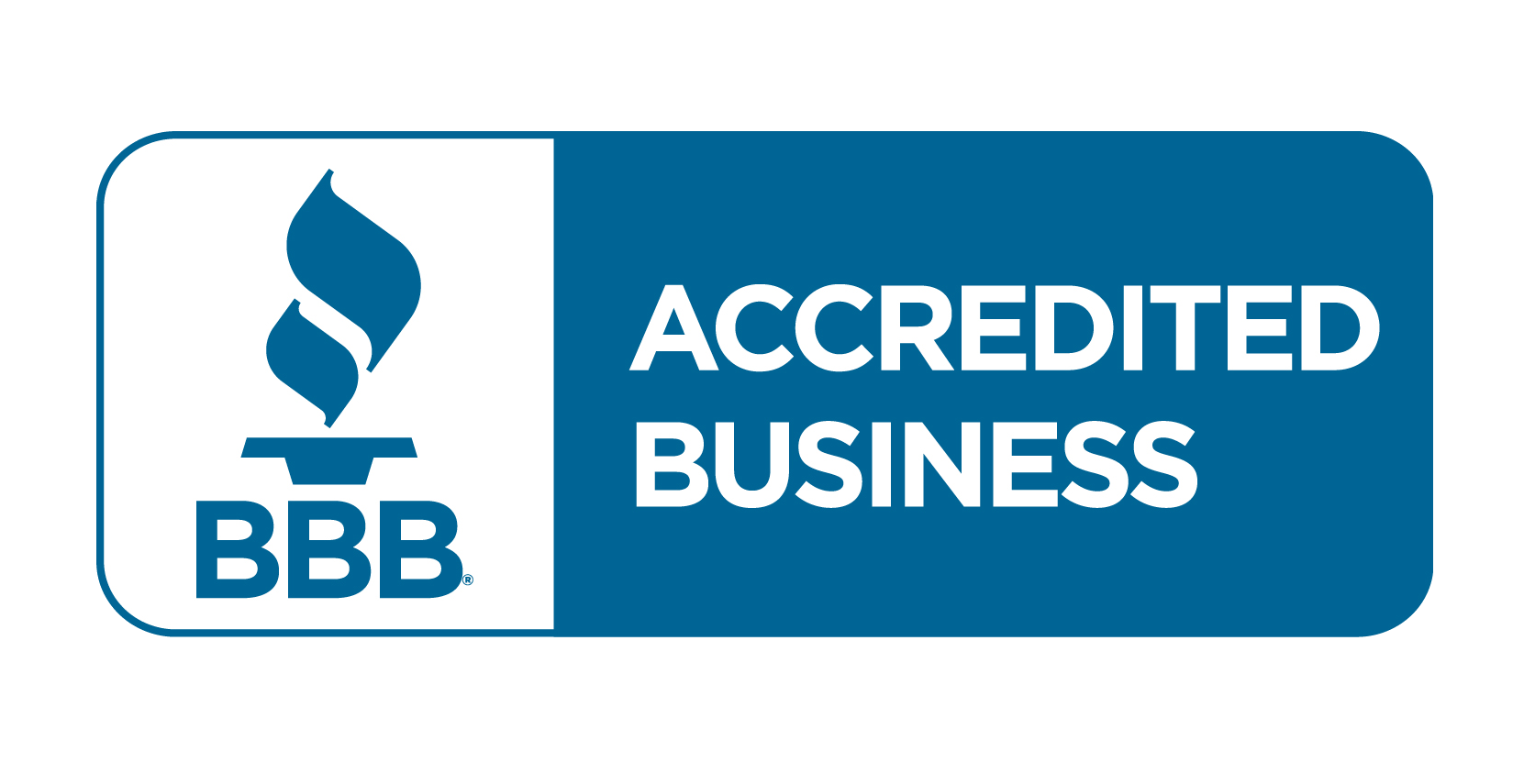A Beginner’s Guide to Geo-Fencing Ads and Their Role in Local Marketing
In the rapidly changing world of digital marketing, geo-fencing has emerged as a powerful tool for businesses seeking to connect with local customers. By establishing virtual boundaries to target potential clients, geo-fencing ads offer an effective way to increase foot traffic, promote events, and enhance brand visibility. If you’re unfamiliar with geo-fencing, this guide will help you understand how it operates and why it’s a crucial strategy for local marketing.
What is Geo-Fencing?
Geo-fencing is a location-based marketing strategy that employs GPS, Wi-Fi, or cellular data to create virtual boundaries around specific geographical areas. When a mobile device enters or exits these designated zones, it can trigger an advertisement, notification, or promotional message. Businesses often use geo-fencing to engage potential customers in real-time based on location.
How Do Geo-Fencing Ads Work?
Here’s a simplified step-by-step explanation of how geo-fencing ads function:
Define Your Target Area: Select a location where you want to engage your audience. This could be around your store, competitor locations, or popular local landmarks.
Create Your Ad Campaign: Create focused advertisements designed to capture the attention of users within your geo-fenced area. These can include discounts, special offers, or invitations to events.
Deliver Ads in Real Time: When potential customers cross the defined boundary, they receive your ad on their mobile devices via apps, social media platforms, or websites.
Track and Optimize: Most geo-fencing platforms provide detailed analytics, allowing you to measure the effectiveness of your campaign and make necessary adjustments.
Why Use Geo-Fencing for Local Marketing?
Geo-fencing is especially beneficial for small and medium-sized businesses (SMBs) aiming to reach local customers. Here are a few reasons why it’s effective:
- Hyper-Local Targeting: Reach customers in real time when they are near your location.
- Increased Engagement: Deliver personalized, relevant content that resonates with your audience.
- Cost-Effective Marketing: Focus your budget on areas where your target audience will most likely convert.
- Competitive Advantage: Geo-fence around competitor locations to attract customers with better offers.
Tips for Creating Successful Geo-Fencing Campaigns
- Know Your Audience: Understand where your potential customers spend their time and what offers will appeal to them.
- Offer Value: Provide a compelling reason for users to engage with your ads, such as a limited-time discount or an exclusive event.
- Leverage Analytics: Utilize data from your campaign to refine your targeting and improve performance.
- Test Different Locations: Experiment with multiple geo-fences to identify the most effective areas for engagement.
Final Thoughts
Geo-fencing ads are an intelligent way to reach local customers and drive more traffic to your business. Whether you’re promoting a retail store, restaurant, or event, this technology helps ensure your message reaches the right people at the right time. Do you want to enhance your marketing efforts? Reach out to YCS Marketing® to discover more about geo-fencing and how to stay ahead in the digital marketing landscape.
Find us at: ycsmarketing.com



